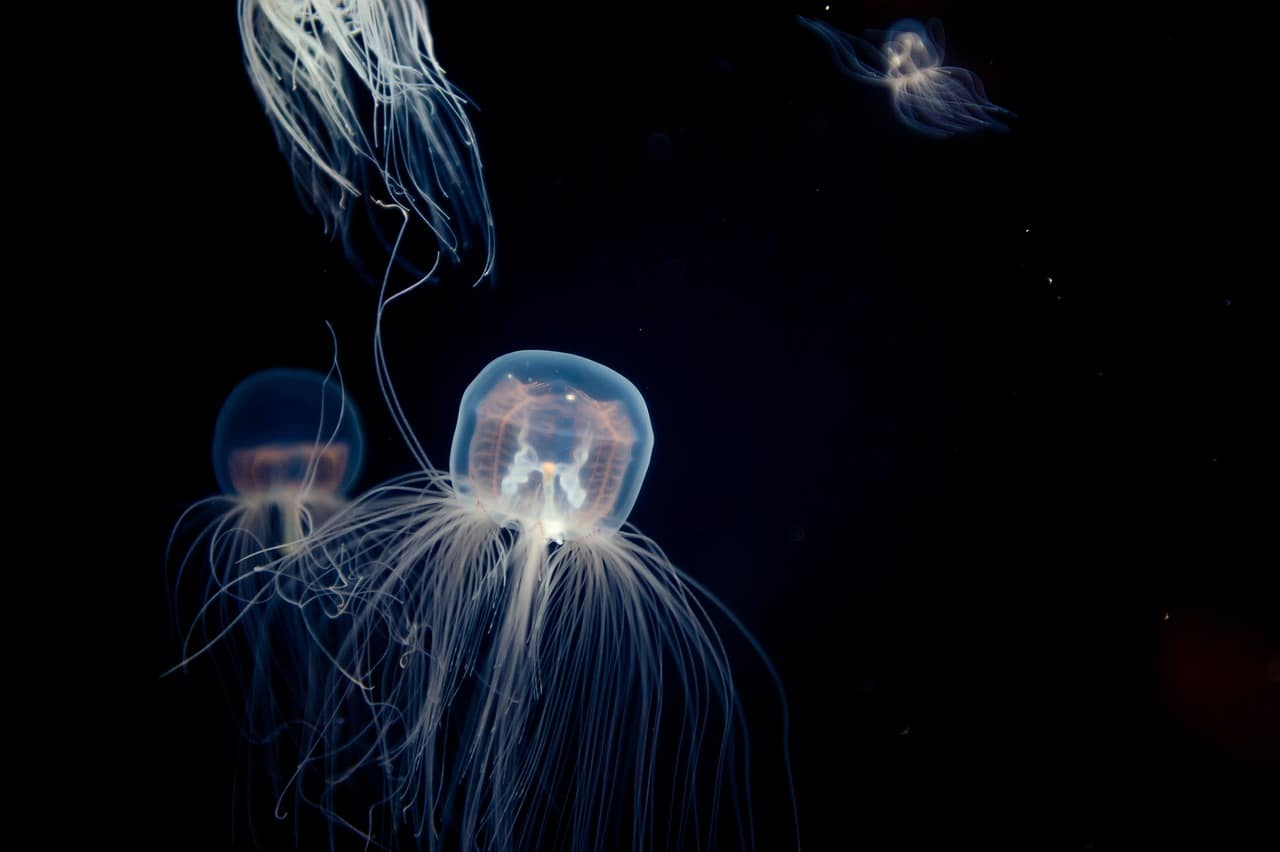 Shutterstock
Shutterstock
Some animals have truly baffled scientists with their unique survival strategies, one of the most remarkable being their complete lack of sleep. While humans and most creatures require regular rest, certain species have evolved to function without ever needing sleep. These extraordinary animals have developed traits that allow them to operate continuously, whether through constant movement or heightened alertness. Their ability to thrive without rest is a testament to nature’s creativity and the incredible adaptability of life in the most extreme environments.
Shark
 Shutterstock
Shutterstock
Sharks are one of the most well-known examples of creatures that don’t need to sleep. Species like the great white shark need to keep swimming to breathe. Their gills require constant water flow, which means they are forced to keep moving to survive. Unlike most animals, sharks don’t have a regular sleep cycle, but instead have short periods of inactivity where they rest their muscles. Their constant movement makes it seem like they never sleep, and this is essential for their survival as apex predators of the ocean.
Bullfrog
 Shutterstock
Shutterstock
Bullfrogs are another example of animals that defy conventional sleep patterns. These amphibians don’t sleep the way most animals do. Instead of a typical sleep cycle, bullfrogs enter periods of dormancy or inactivity when the weather turns cold. While they don’t fully shut down, they don’t engage in typical sleep either. Instead, their brains stay somewhat active during their dormancy, allowing them to remain alert to any changes in their environment. Bullfrogs can go months without experiencing a deep sleep, making them one of nature’s most unique creatures in terms of rest.
Jellyfish
 Shutterstock
Shutterstock
Jellyfish are remarkable in many ways, not least because they don’t need sleep at all. These simple organisms lack a brain, and instead, rely on basic neural impulses to navigate their environment. Certain species of jellyfish, such as Turritopsis dohrnii, are even considered biologically immortal, as they can revert to earlier stages of development. Without the need for sleep, jellyfish can continue to drift through the water, eating, moving, and reproducing continuously. Their lack of sleep doesn’t hinder their survival, and they thrive without the need for rest.
Dolphin
 Shutterstock
Shutterstock
Dolphins exhibit an incredible form of sleep that allows them to be active even while their brains rest. They utilize unihemispheric slow-wave sleep, which means one hemisphere of their brain sleeps at a time while the other hemisphere remains awake. This allows them to continue swimming and breathing without fully shutting down. Dolphins need to stay alert for predators, navigate through their environment, and maintain social bonds with other dolphins, all while getting rest. This remarkable adaptation allows them to go about their daily activities without the need for full sleep cycles.
Swift
 Shutterstock
Shutterstock
The common swift is a bird that migrates long distances and can stay airborne for weeks or even months without stopping to rest. These birds have developed a unique ability to sleep while flying. They engage in “sleeping on the wing,” which involves short bursts of sleep while gliding or flying. Their need to remain airborne during migration and avoid predators leads them to adopt this impressive sleep strategy. Swifts don’t sleep in the traditional sense but rather engage in quick naps while in motion, allowing them to stay on course and travel vast distances.
Wood Frog
 Shutterstock
Shutterstock
The wood frog is another species that doesn’t adhere to conventional sleep patterns. During the colder months, wood frogs enter a state of hibernation known as torpor. While this may sound like sleep, it isn’t the same. The frog’s metabolism slows down drastically, and it enters a frozen state for the winter, but the brain never fully shuts down. When temperatures rise, the frog thaws out and becomes active again without having experienced a typical sleep cycle. This ability to survive through frozen conditions makes the wood frog one of nature’s most fascinating creatures.
Sea Turtle
 Shutterstock
Shutterstock
Sea turtles are known for their long migrations and ability to swim across entire oceans. They rarely stop swimming, and many sea turtles do not engage in the same sleep cycles as land animals. While they don’t need to sleep in the traditional sense, they do take short resting breaks while swimming. These turtles can go for months on end, traveling vast distances, using bursts of sleep and periods of movement to stay active. This adaptation allows sea turtles to move across oceans without the need for long periods of rest.
Tiger Snake
 Shutterstock
Shutterstock
The Australian tiger snake is a venomous species known for its high levels of activity. Unlike most snakes, which spend much of their time resting, the tiger snake remains active throughout the day and night, hunting for food and avoiding predators. Its ability to maintain constant activity helps it stay agile and hunt prey effectively. The tiger snake’s endless energy and constant movement, combined with its remarkable venom, make it an efficient predator in the harsh Australian environment. It’s yet another example of an animal that doesn’t follow typical sleep patterns.
Spiny Anteater
 Shutterstock
Shutterstock
The spiny anteater, also known as the echidna, is a mammal that doesn’t follow the usual sleep patterns. These animals don’t engage in long, deep sleep cycles, but instead remain active most of the time. They use their spines for protection as they forage for food. While they may rest intermittently, echidnas don’t experience the same kind of sleep as other mammals. Their metabolic rates slow down during periods of inactivity, but they never fully enter the deep sleep states that many animals do.
The Never-Tiring Creatures
 Shutterstock
Shutterstock
These animals are living proof that not all creatures need sleep to survive. They have evolved in extraordinary ways, allowing them to function without the rest most species require. Their ability to stay alert and active for extended periods showcases the ingenuity of nature and the vast diversity of life on Earth. So, next time you’re feeling tired, just remember: some animals are always on the go! Maybe it’s time for a power nap… or maybe not! Nature has its way of surprising us.

 2 weeks ago
24
2 weeks ago
24

















 English (US) ·
English (US) ·